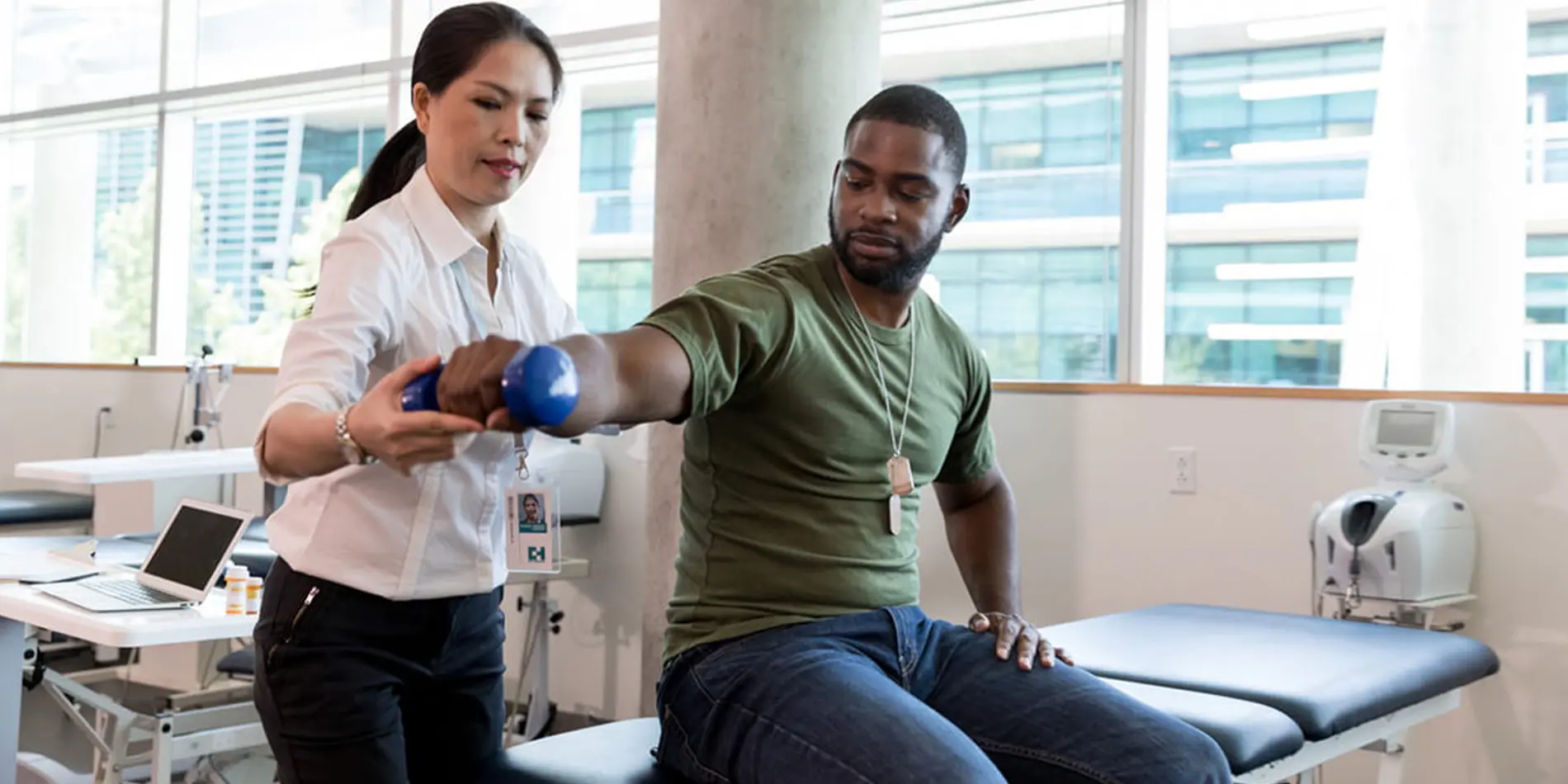Efficient Approaches for Reducing Dyspnea in Physiotherapeutic Rehabilitation Sessions
Efficient Approaches for Reducing Dyspnea in Physiotherapeutic Rehabilitation Sessions
Blog Article
Breathing difficulties, or trouble respiration, is a common issue that many individuals face, particularly those with chronic lung conditions, heart issues, or other health concerns. In physical therapy appointments, addressing breathing difficulties is crucial for helping patients improve their overall standard of life. By employing specific techniques and strategies, physical therapists can help patients in controlling their breathing difficulties. Grasping these efficient approaches can enable both therapists and patients to collaborate together more efficiently in addressing obstacles related to dyspnea.
One of the primary methods used to alleviate dyspnea in physical therapy is the application of controlled breathing activities. These activities often focus on abdominal breathing, which promotes patients to use their diaphragm rather than their upper chest muscles when breathing in. This approach helps to maximize lung volume and effectiveness. Additionally, pursed-lip breathing is another technique that can be beneficial. This technique requires inhaling through the nose and breathing out slowly through compressed lips, which can help to keep airways clear longer and make breathing feel easier. By incorporating these activities into therapy appointments, physical therapists can provide patients with tools to manage their dyspnea both during and outside of their sessions.
Another important element of managing dyspnea in physical therapy is the creation of an personalized exercise program. Tailoring exercises to satisfy the specific needs and abilities of each patient is essential. Therapists should slowly introduce aerobic activities, such as ambulating or cycling, in a controlled manner, allowing patients to develop their endurance over time. This incremental approach helps patients to feel more at ease with physical activity while simultaneously improving their lung capability and overall endurance. It is vital for therapists to monitor patients carefully during these exercises to make sure they are not overworking themselves, which could lead to increased difficulty of breath.
Teaching also plays a significant role in alleviating breathing difficulties during physical therapy sessions. Providing patients with information about their ailment and the factors behind dyspnea can empower them to take control of their health. Therapists can explain how factors like anxiety, posture, and environmental conditions can influence breathing. By comprehending these concepts, patients can learn to manage their issues more efficiently. Techniques such as stress reduction methods and proper body posture can further assist in minimizing the effects of breathing difficulties during routine activities and therapy sessions.
In conclusion, effectively reducing dyspnea in physical therapy sessions involves a combination of breathing Discover More Here activities, personalized exercise programs, and patient education. By applying these effective approaches, physical therapists can help patients control their respiratory difficulties and improve their overall health. Collaboration between therapists and patients is essential to create customized interventions that address specific needs. With the appropriate support and techniques, patients can experience relief from breathing difficulties and participate more fully in their physical therapy journey, ultimately leading to a better standard of life.